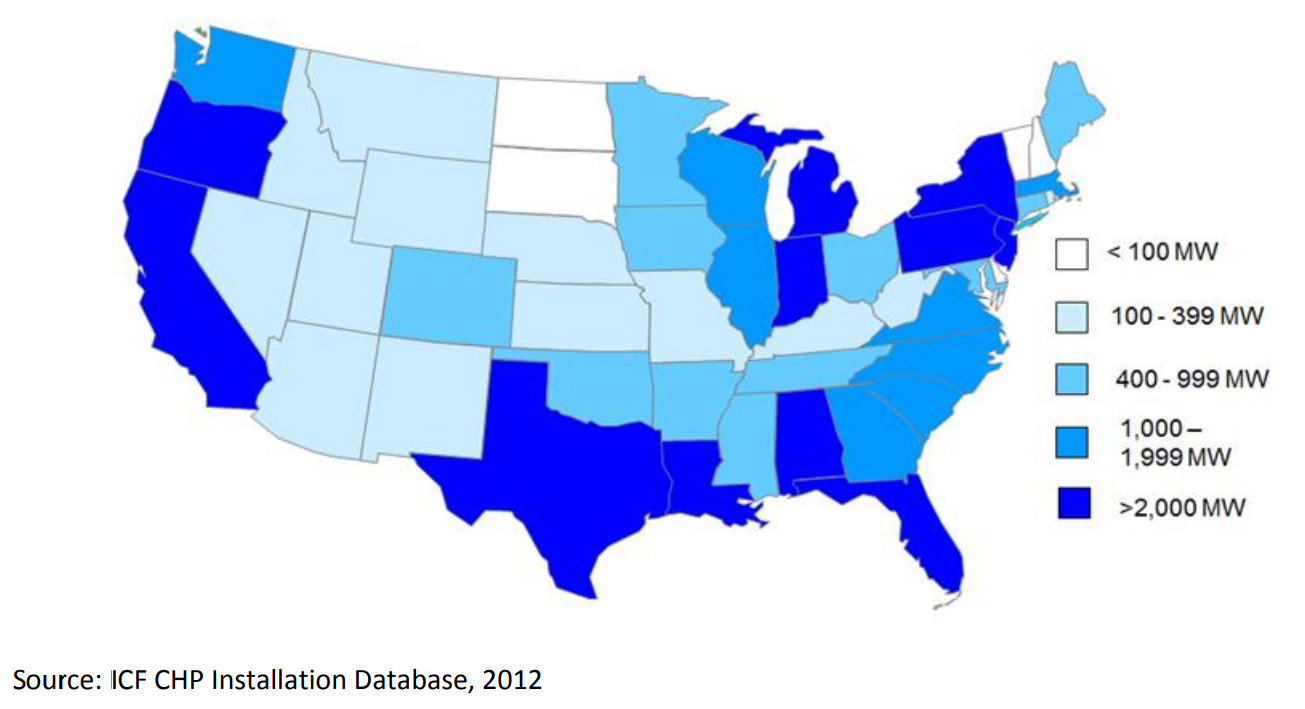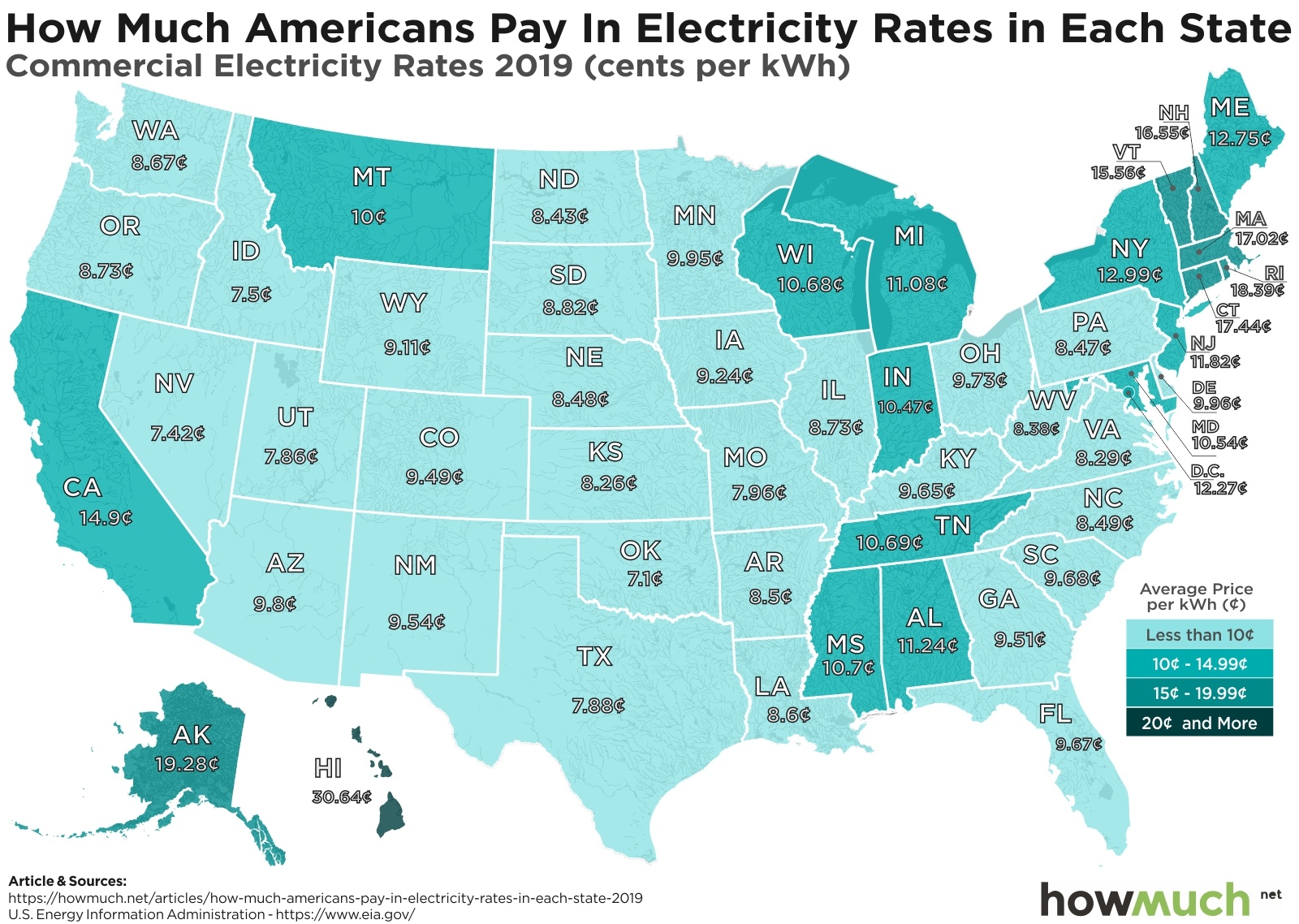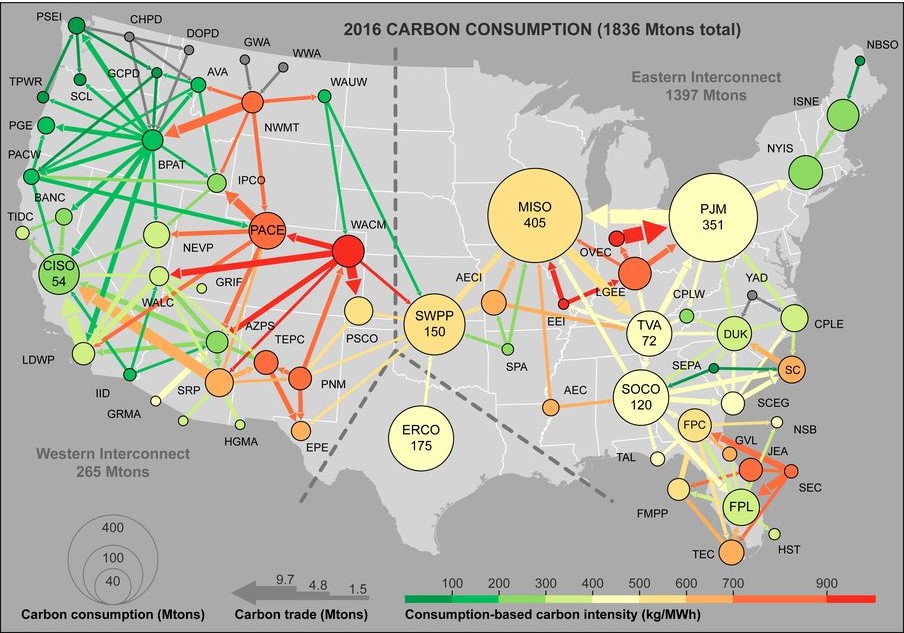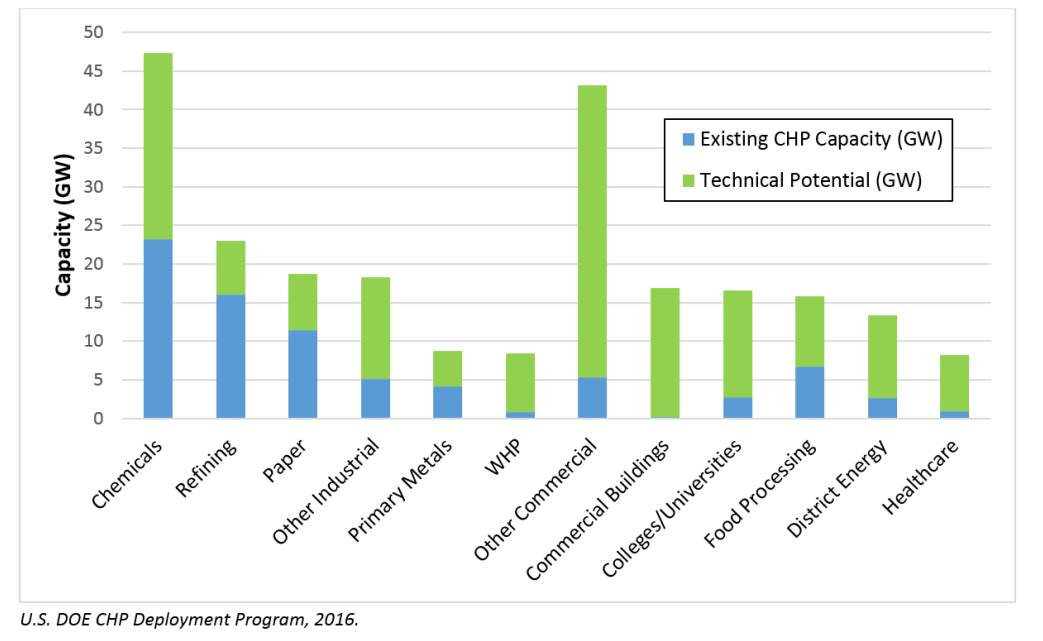
CHP Feasibility | The perfect Building in the perfect Location
Introduction
With the rise in energy prices due to an increasing demand for all forms of fuel and resources as well as trying to meet more stringent environmental regulations, Combined Heat & Power (CHP) systems have become increasingly popular in commercial and residential settings. Combined Heat and Power has been around as an innovative energy solution for more than a century in the industrial space, but only recently became a part of the solution to meet the challenges of modern buildings.
In this Article, we answer the following questions:
- What makes for a feasible CHP Project?
- How can industry and location make for a perfect CHP project?
- Are there industries that are excellent CHP candidates?
- Are there locations that are great fit for CHP?
For those new to CHP projects, it can be a little hard to understand where they begin. This is especially true when you compare CHP to grid-based utility systems. In this article we will discuss the industry and location factors that any energy professional should look out for when considering CHP.
Main factors affecting CHP feasibility
Before discussing how industry and location can decide CHP feasibility, we have to first be acquainted with the main factors qualifying CHP for your project. Most likely, they will boil down to industry and location.
Current and future electricity and gas rates
How much you pay now for electricity and gas is the first question to answer in a CHP feasibility study. For example, some experts say a general rule of thumb for CHP to work for your project is if you pay more than $.07/kWh on average for electricity, including generation, transmission and distribution. (Source: epa.gov)

When considering CHP, gas prices must be reasonably low since the majority of your building electric bill will be replaced by a higher gas bill.
Another big question is how much you will pay for electricity in a couple of years from now and how that could affect your business, especially if you are a large electricity consumer.
Electricity Market Regulation
A Regulated Electricity Market contains utilities that own and operate all electricity. From the generation to the meter, the utility has complete control. A Deregulated Electricity Market allows for the entrance of competitors to buy and sell electricity by permitting market participants to invest in power plants and transmission lines.”
(Source: energywatch-inc.com)

(Source: marketrealist.com)
Being in a deregulated energy market, makes your CHP project:
- Installation process easy (permits, interconnection application … etc.)
- Metering and Tariffs options better fit for your goals
- Revenue opportunities higher (demand/emergency response, incentives, … etc.)
Hence, a more successful long term CHP project.
Cost of Power Reliability and Resiliency
Reliability is measured by the probability and frequency of failures (or lack of failures). The less failures, the more reliable the power supply is. Resiliency is the ability of an electrical system to recover from a disruptive event like natural disasters.
Critical facilities like Hospitals, Universities, and Data centers must meet stringent power supply criteria to ensure their building reliability and resiliency are at higher levels. The substantial financial impact to their business, if the power goes out for a few minutes, make for a great opportunity for CHP projects.
Building Operation
The number of hours the building is in full operation per year is another main decider for a CHP project. CHP projects can only work for buildings that operate for more than 5000 hours per year. Taking Data Centers as a great example for that, they operate 24/7 (i.e., 8760 hours per year), which makes them a prominent candidate for CHP.
Annual Weather Conditions
Buildings located in hot/arid climates may not be as prime candidates for CHP as buildings located in cold climates. Building in cold climates require more intensive heating energy in the winter season.
Building Thermal Loads Annual Distribution
How much of the heat produced by the CHP is used for the building thermal loads (including steam, hot water, chilled water, etc.) is an important question to answer. The more the heat will be used, the better the candidate for CHP. If the building will use less than half of the heat that the CHP system will generate, CHP may not be practical.
A building’s energy use should – at minimum – meet the CHP system’s minimum output of thermal and electric energy. This can be analyzed through a an annual thermal and electricity load distribution curves.
Mechanical System Type
For CHP to be considered a solution for a building, a hydronic heating and/or cooling system must be either under consideration (new construction) or in place (existing). CHP systems generate either hot water or steam as a by product of electricity. If a chilled water or a hot water central plant is being designed or already exists, CHP feasibility becomes an easy exercise, since the infrastructure already exists for integrating it.
Local Electric Grid Emissions factor
Finally, and very importantly, reducing a facility’s impact on the environment, is a key factor in CHP decision making. Especially with the net zero future targets by 2050 in place, and the regulatory and government policies driving businesses to reduce their carbon foot print.
Comparing CHP with the Grid electricity emissions impact is a crucial step in the feasibility process. In some cases, using 100% conventional Natural Gas for fueling the CHP system will add instead of save emissions.

(Source: pnas.org)
Main Industries that are great CHP candidates NOW
If we take a close look at the factors discussed above, we can immediately notice the ones related to the industry; Cost of Power Reliability and Resiliency, Building Operation, and Building Thermal Loads Annual Distribution.
A lot of research studies have been conducted by the CHP Alliance and the CHP Technical Assistance Program (CHP TAP), run by the Department of Energy, to evaluate these factors for various industries in every building type in the US.
Some of the main industries listed in their reports and fact sheets that have high potential for CHP projects with very low number current installations are:
- Commercial buildings: Hotels and casinos, Airports, and Data Centers.
- Residential buildings: Multi-Family Housing (condominiums, apartments … etc.).
- Institutions: Colleges and Universities, Hospitals, Military Bases.
- Municipal: Wastewater Treatment Facilities.
- Agricultural: Green Houses.
In the industrial sector, the current number of CHP installations is much higher than commercial and residential. That is because they were the early adopters of the technology due to their high electricity and thermal energy needs.
CHP presence, in commercial and residential buildings, has a long way to go to reach its potential capacity.

Existing CHP Compared to On-Site Technical Potential by Sector
Hence, both CHP Alliance and CHP TAP generated several fact sheets about the potential of CHP in specific buildings with high CHP feasibility potential:
CHP TAP | CHP Alliance |
Main Locations that are great CHP candidates
There are significant regional differences in the distribution of CHP sites and capacity due to economic activity, relative electric and gas rates, and the prevailing market and regulatory environment.
Some states are far ahead of others in terms of adopting policies that encourage CHP growth, most notably New York, Massachusetts, California, Rhode Island, and Connecticut, which offer financial and other incentives to CHP.”
(Source: aga.org)

Note: For a comprehensive database of current CHP installations, visit doe.icfwebservices.com.
This statement circles back at the factors for CHP feasibility and the maps of different US states energy prices, Grid CO2 emission factors, and electricity market regulations. It is noticeable in the above CHP installation map, that the most prominent states in CHP technology adoption are the ones in a deregulated market, most likely have higher electricity $/kWh rates, and Grid CO2 emission factor (with the exception of California and Oregon because of their high production of Renewable Natural Gas).
In conclusion
There certain industries in specific states right now that should be hot and ready for a CHP project with high feasibility potential. We might be able to do a quick list concluding our discussion in this article:
Industry | Location |
Colleges and Universities | California |
Data Centers | Texas |
Greenhouses | Pennsylvania |
Hospitals | New York |
Hotels and Casinos | New Jersey |
Airports | Massachusetts |
Wastewater Treatment Plants | Florida |
| Ohio |
| Michigan |
If you’re looking to evaluate your CHP microgrid project, you must try our software, CogenS™. CogenS™ will help you design your CHP project in a fraction of the time spent on multiple screening, modeling, simulation, optimization and design tools. We managed to pull off an accurate design procedure that eases the process with preset automatically populated defaults, and simulation and modeling functions that does most of the work for you.
